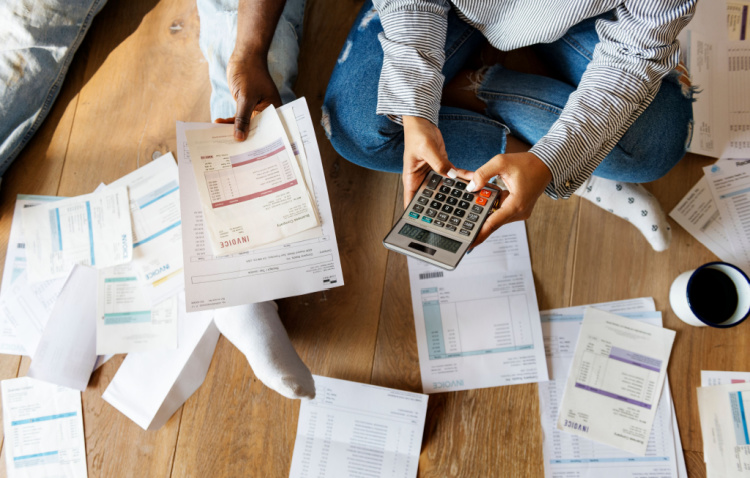Some Tips For A Debt-Free Future
It’s not surprising that most people don’t like carrying debt. It takes a toll on your finances and can make you feel like you’re swimming against the tide. And it can seem like there isn’t a manageable way to get out from under it– at least not in the foreseeable future.
But take heart: Debt isn’t some type of bogeyman that you can’t unrun. Not only is it possible to pay down your existing debt, but you can also actually avoid incurring more debt down the road.
With these four practical steps, you’ll see it really is possible to become debt free this year.

Commit Mentally To Becoming Debt Free
The first step on your debt-free journey: Making a promise to yourself that this is the year that being debt free isn’t just a fantasy. Really think about what debt-free living will feel like, and how much you’d like to experience that.
Consider all of the reasons that a debt-free life would be beneficial and all that you would gain in your day-to-day living by owing less. When you’re tempted to buy something you don’t necessarily need, resist the temptation to put that purchase on your credit card by reminding yourself of how great it will feel to be debt free today, tomorrow, and next year.

Determine How Much Debt You’re Carrying
Before you can work on lessening your debt, you need to know how much you owe and to whom. Take a look at items such as credit card bills, mortgages, loans, and other time-extended payments. Calculate how much interest you’re paying as well as monthly payment amounts. Only when you have a complete and accurate picture of your total amount of debt can you begin to work out a realistic plan for freeing yourself from it.

Develop A Workable Debt Repayment Plan
You didn’t incur all of your debt overnight, it took time; so, too, does paying off debt. Begin by tracking your spending (you could even use a budgeting app) and determining what you spend on essentials such as groceries, mortgage or rent payments, utility bills, and the like. Compare those costs with what you earn to determine the gap between the two; it’s that gap that may cause you to spend money that you don’t actually have on hand, and consequently increase your debt.
In addition, reassess your budget to see if you can eliminate any unnecessary spending. No, you needn’t live a spartan life where fun is a faraway figment of the past; instead, you can focus your efforts on finding new ways to enjoy yourself that aren’t budget busters.

Make A Plan You Can Live With
Debt reduction doesn’t come with a one-size-fits-all approach. Rather, you need to tailor your plan to your lifestyle, your budget, and your priorities.
Some common approaches to reducing debt include:
• Debt consolidation
If you roll all of your debts into one, you’ll only need to manage one monthly payment. Additionally, you might be able to simultaneously reduce the interest you pay. Consider making a balance transfer, which involves moving credit card debt from one card to another, preferably one with a zero percent interest rate. You might also want to look into taking out a personal loan with a low-interest rate and using the loan to pay off high-interest balances.
• Debt Snowball/Debt Avalanche
Perhaps you feel like you’ve been shoveling way too much money toward your pile of debt, with only minimal results. Consider putting into play the debt snowball method of tackling debt, which involves addressing the smallest balances first so that you enjoy a psychological–and encouraging–boost as you pay off each one.
The debt avalanche approach takes a different tack and involves focusing on the debt with the highest interest rate that costs you the most. Both options have their benefits; which one you choose depends on individual preferences, needs, and personal commitment.
